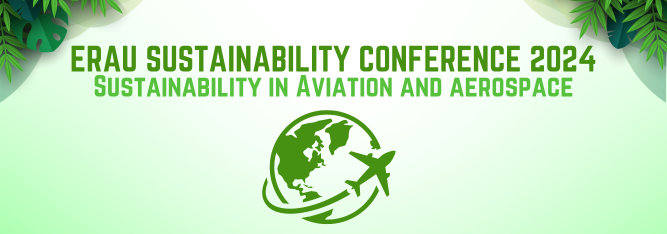NASA DEAP Institute: A Three-University Consortium toward Improving Satellite Data-Based Coastal Flood Segmentation using Machine Learning
Presentation Type
Poster Presentation
In Person or Zoom Presentation
In-Person
Campus
Daytona Beach
Status
Student
Student Year and Major
Sophomore Year, Computer Science
Presentation Description/Abstract
NASA DEAP Institute: A Three-University Consortium toward Improving Satellite Data-Based Coastal Flood Segmentation using Machine Learning
Presenting author: Kisha Mulenga1, Justin T. Grant1
Other authors: Kelly M. San Antonio1, Hyun J. Cho1, Juan Calderon1, Seenith Sivasundaram1, Farahnaz Golroo1
1 Bethune-Cookman University
Rising sea levels and climate change are causing growing concern, especially in areas like Florida's northern Atlantic shoreline and the Indian River Lagoon. To tackle concerns of coastal resources for local communities, the NASA MUREP DEAP Institute formed a research partnership led by Bethune-Cookman University, Alabama A&M University, and Embry-Riddle Aeronautical University to expand scientific knowledge on the spatial and temporal consequences of variations in water levels. Our current research incorporates data from NASA's satellite imagery, tidal data, weather predictions, and photos from beach cameras with machine learning to increase the accuracy of predicting overall water levels and better understand short-term storm events to long-term sea level rise. Field methods include use of RTK technology to measure shoreline changes, with a goal to generate digital elevation models during routine beach-profile surveys. Our primary areas of interest are sites along the Indian River Lagoon and the northern Atlantic coastline of Florida, which can provide various hydrological conditions for model validation. In addition to such technical improvements, community resilience through early warning for flooding and better resource management strategies are also in focus under the venture known as DEAP. These inputs will support improved coastal management and protection methods by assisting our model in forecasting water levels, including wave run-up and storm surge during future extreme weather conditions.
Keywords
Coastal flooding, machine learning, satellite imagery, coastal resilience, sustainability, flood detection, NASA, elevation data
NASA DEAP Institute: A Three-University Consortium toward Improving Satellite Data-Based Coastal Flood Segmentation using Machine Learning
NASA DEAP Institute: A Three-University Consortium toward Improving Satellite Data-Based Coastal Flood Segmentation using Machine Learning
Presenting author: Kisha Mulenga1, Justin T. Grant1
Other authors: Kelly M. San Antonio1, Hyun J. Cho1, Juan Calderon1, Seenith Sivasundaram1, Farahnaz Golroo1
1 Bethune-Cookman University
Rising sea levels and climate change are causing growing concern, especially in areas like Florida's northern Atlantic shoreline and the Indian River Lagoon. To tackle concerns of coastal resources for local communities, the NASA MUREP DEAP Institute formed a research partnership led by Bethune-Cookman University, Alabama A&M University, and Embry-Riddle Aeronautical University to expand scientific knowledge on the spatial and temporal consequences of variations in water levels. Our current research incorporates data from NASA's satellite imagery, tidal data, weather predictions, and photos from beach cameras with machine learning to increase the accuracy of predicting overall water levels and better understand short-term storm events to long-term sea level rise. Field methods include use of RTK technology to measure shoreline changes, with a goal to generate digital elevation models during routine beach-profile surveys. Our primary areas of interest are sites along the Indian River Lagoon and the northern Atlantic coastline of Florida, which can provide various hydrological conditions for model validation. In addition to such technical improvements, community resilience through early warning for flooding and better resource management strategies are also in focus under the venture known as DEAP. These inputs will support improved coastal management and protection methods by assisting our model in forecasting water levels, including wave run-up and storm surge during future extreme weather conditions.

